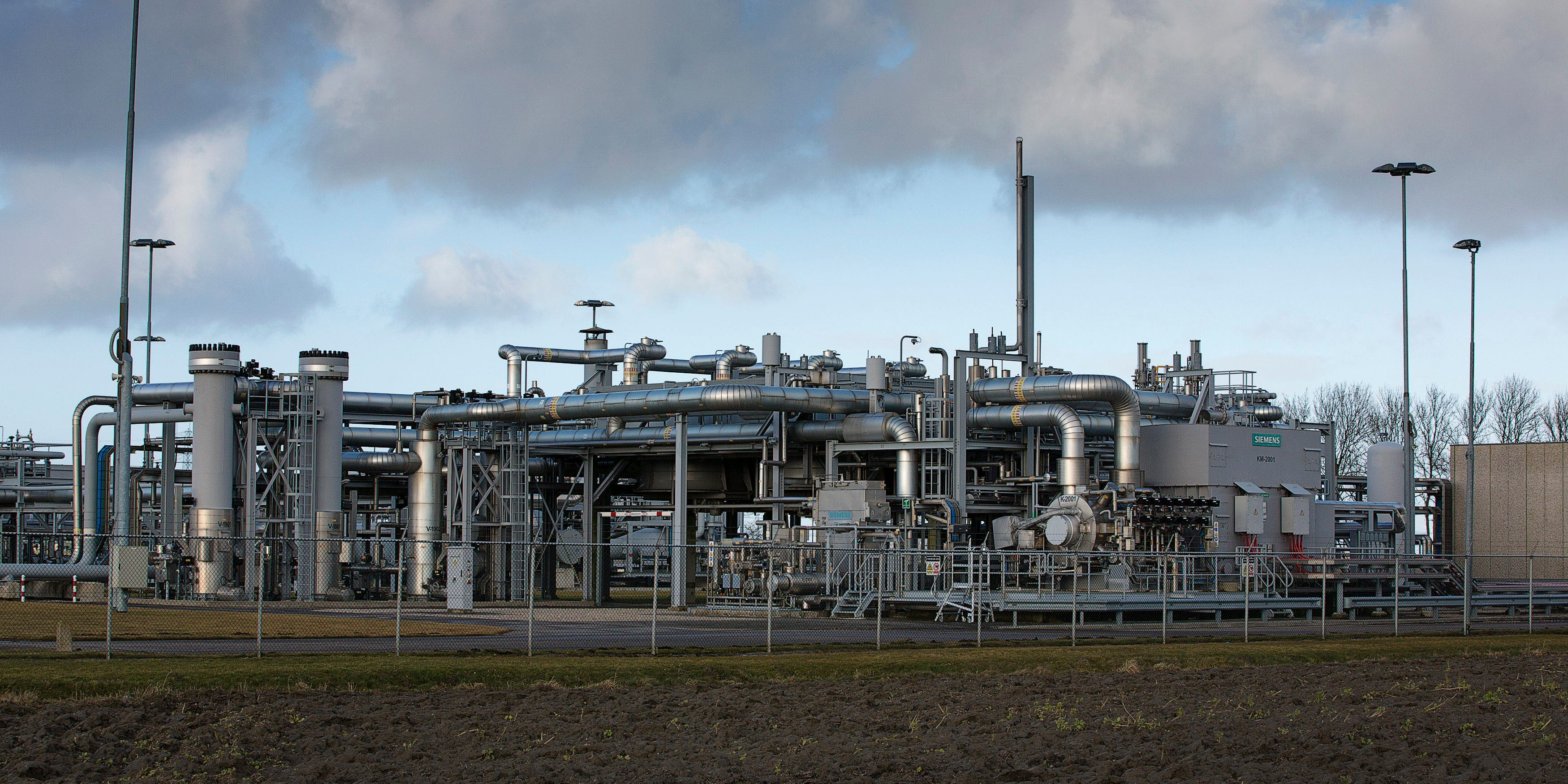Europe’s biggest gas field is set to close permanently in October, Bloomberg reported. The news sparked a 30% jump in benchmark European natural gas futures on Thursday. Earthquakes near the Groningen field in the Netherlands have damaged thousands of homes over the years. Loading Something is loading.
Thanks for signing up!
Access your favorite topics in a personalized feed while you’re on the go.
Europe’s biggest natural gas field is set to shut down on October 1, sources told Bloomberg, sending prices for the key energy source higher on Thursday.
A final decision has not yet been made concerning the Groningen field in the Netherlands, but a government cabinet meeting later this month will make it official, the report said.
Dutch front-month gas futures, the European benchmark, jumped as much as 30% before paring most of those gains. They later traded up 10% at 42.16 euros per megawatt-hour.
The six-decade operation has been an important energy source for much of Western Europe. But hundreds of earthquakes caused by production have damaged thousands of homes since the 1980s, adding to political pressure to shut down Groningen.
Since 2012, over 3,300 homes have been demolished in the area due to earthquake damage. For affected citizens, financial restitution had been pledged earlier in the year.
Originally marked to close in October of next year, the expedited plans come days after a no-confidence vote against Prime Minister Mark Rutte amid accusations the Dutch government is unresponsive to complaints.
For now, Groningen will continue operating at minimum levels, leaving 2.8 billion cubic meters of gas to be extracted till then.
Though the field is a relatively small contributor of gas to the European market, it represents an important cushion in the continent’s energy supplies. After it closes, wells can be reopened in the case of extreme demand.
Last year, Europe suffered a crippling energy crisis after Russia closed its Nord Stream gas pipeline, sending prices to 300 euros, in retaliation for Western sanctions that were imposed for invading Ukraine.
Europe has since stockpiled natural gas to levels not seen in years, helped by a mild winter, but this summer’s hot weather is boosting demand, while outages in Norwegian gas fields and increased competition for liquefied natural gas are also adding to price pressures.
